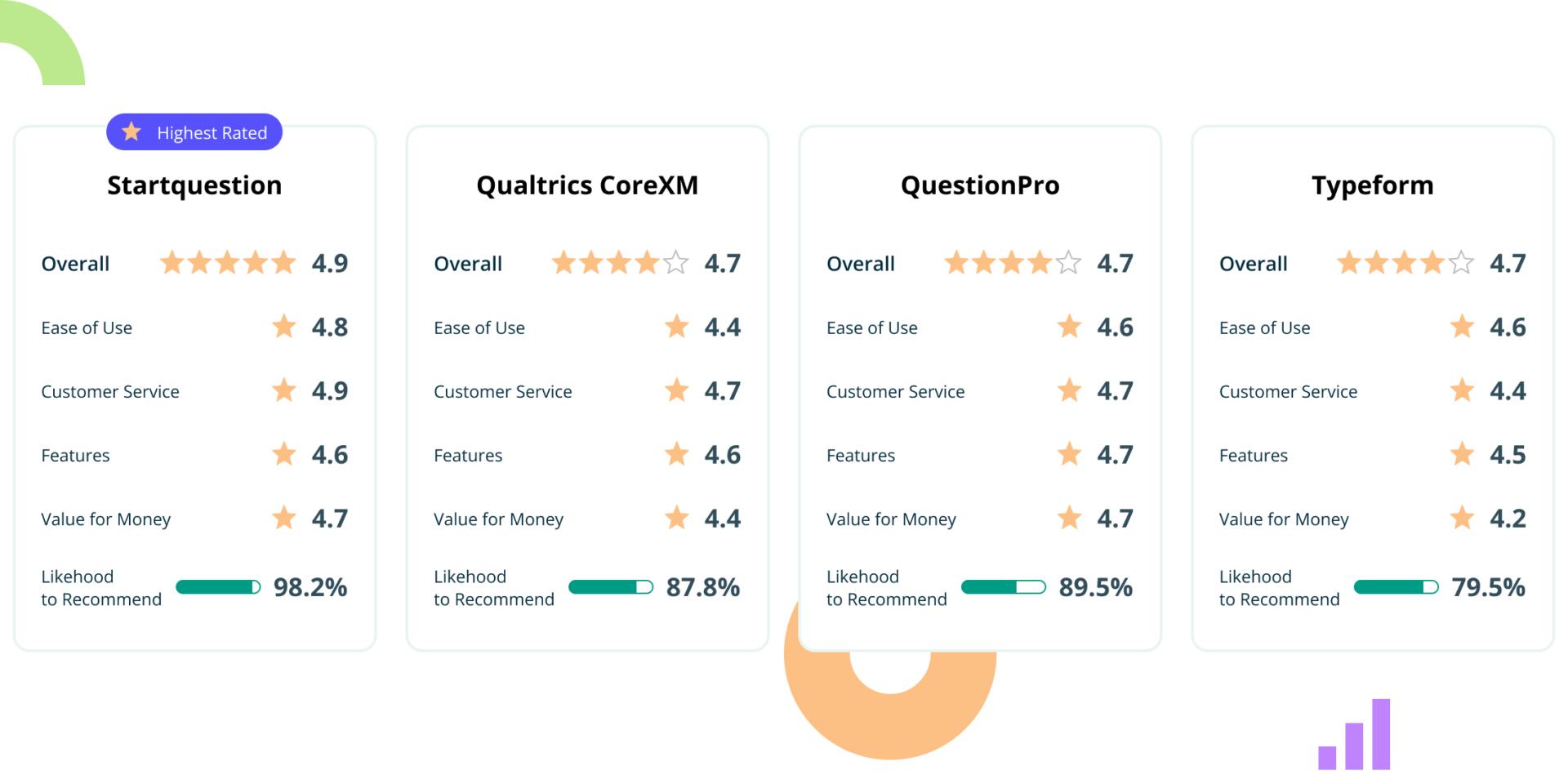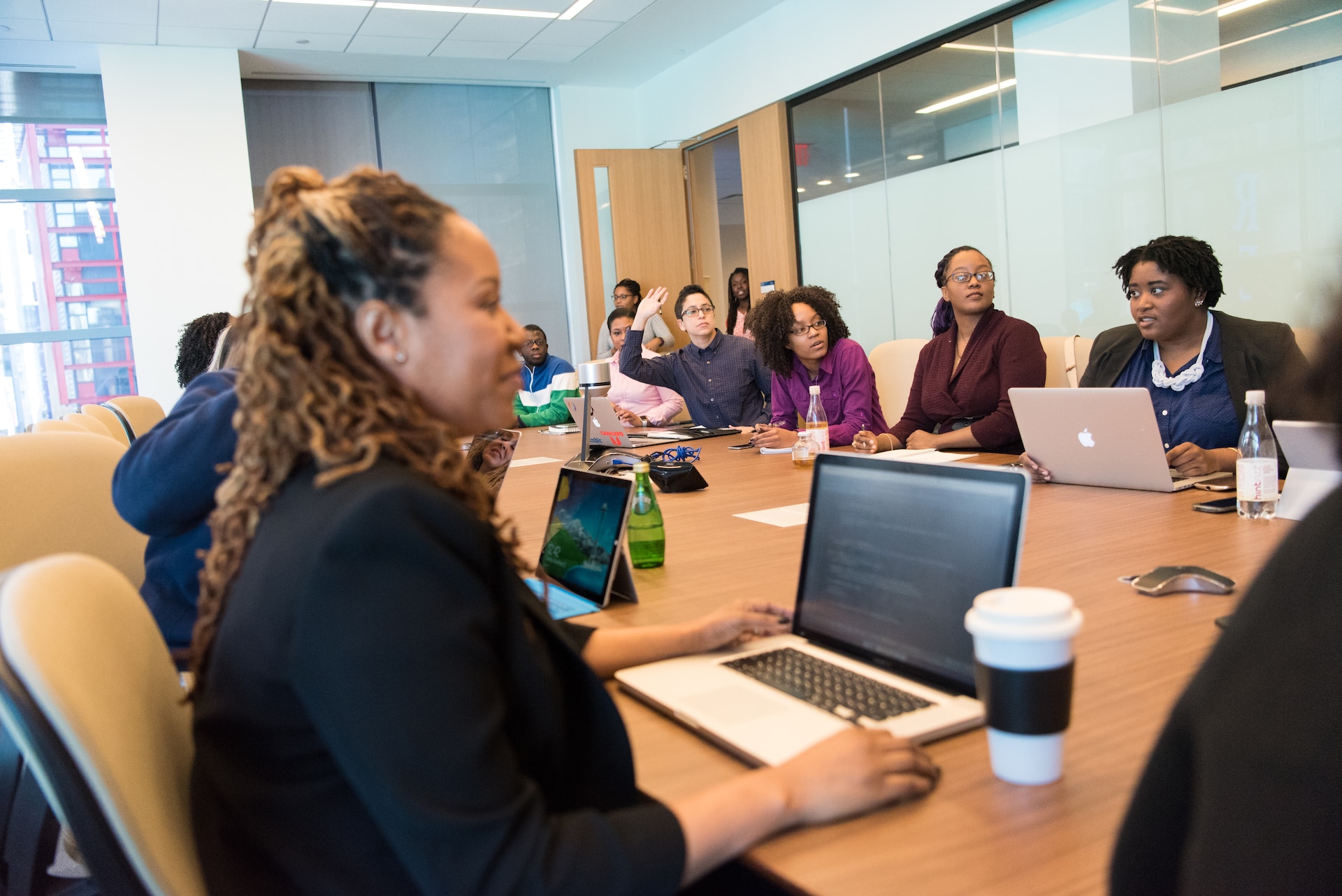The role of Human Resources (HR) has evolved beyond just managing personnel; it plays a crucial role in Learning and Development (L&D) in today’s rapidly altering workplace. In this blog post, we will explore the different facets of L&D, its significance in the workplace, and the techniques utilized for successful learning programs.
What Is L&D?
First, it is essential to fully understand what Learning and Development (L&D) entails before we can discuss the role of HR in it.
L&D is a strategic approach that nurtures and enhances an organization’s employees’ skills, knowledge, and capabilities. It encompasses many initiatives beyond traditional training programs, including coaching, mentoring, job shadowing, and e-learning.
L&D’s ultimate goal is to help employees achieve their full potential. It takes a holistic perspective on continuous learning to meet individual and organizational goals.
By providing employees with the necessary skills and knowledge, L&D enables them to perform their roles more effectively and efficiently, contributing to the organization’s overall success.

The Meaning of Learning and Development in HR
HR plays a critical role in L&D. It identifies the organization’s skills and knowledge gaps and develops initiatives to address them. HR professionals work closely with managers and employees to design and implement training programs tailored to the organization’s needs.
They also monitor the effectiveness of these programs and adjust them as needed to ensure that they continue to meet the organization’s evolving needs.
Difference between L&D vs. HR
Distinguishing between Learning and Development (L&D) and Human Resources (HR) reveals a nuanced contrast in their organizational roles and business strategy.
As HR takes charge of the general management of employees, L&D assumes a more specialized position, exclusively concentrating on fostering employee growth and skill development programs. A breakdown of their distinct responsibilities provides insights into the dynamic relationship between these two crucial facets of organizational development:
Human Resources Management
1. General management
2. Employee relations
3. Policies & procedures
4. Organizing payroll
5. Problem-solving and conflict resolution
HR professionals are adept problem-solvers who manage various responsibilities, from payroll organization to managing employee relations and recruitment. Their scope encompasses diverse general management tasks, all aimed at ensuring the seamless functioning of the workforce.
Learning & Development
1. Employee training
2. Professional development
4. Leadership training
5. Talent management
Conversely, L&D professionals focus exclusively on employee learning, advancing employees’ professional growth, skill and career development.
Their mandate involves identifying learning gaps, evaluating employee performance, and crafting learning opportunities that empower individuals to excel. L&D, therefore, intricately intertwined with the augmentation of individual and collective skills within the organization.
Both (Overlap in Responsibilities)
1. Performance management
2. Succession planning
3. Onboarding
4. Appraisals
5. Change management
Despite the clear distinctions between HR and L&D, there is a noteworthy overlap in specific responsibilities. Both functions contribute to business performance management, succession planning, onboarding, appraisals, and change management.
This collaborative synergy ensures a comprehensive and unified employee experience, underscoring the integrated approach embraced within the organizational framework.
Post Training Evaluation Survey
Ensure that your employees receive all necessary resources during their training sessions.
Post Training Evaluation Survey
Ensure that your employees receive all necessary resources during their training sessions.
How Learning and Development Impacts the Workplace?
Let’s start with numbers to show how it affects employee engagement.
- According to a Gallup survey, 87% of millennials believe that learning and development in the workplace is essential.
- Investing in employees’ career development helps retain them, according to 93% of employees, as stated in Forbes.
- Companies that invest at least $1,500 per employee annually in training reportedly earn 24% more profit than those with lower training budgets (eLearning Industry).
Lack of investment in talent development does not pay off. The company risks not only losing the best specialists, but also losing its market position compared to the competition. As you can see, the organization’s lack of a development policy has real and measurable financial consequences.
No serious business leaders would want to afford this. Apart from the numerical examples mentioned, why is it worth investing in employee development strategy? Here are some of the reasons.
Boosts Employee Retention
Investing in Learning and Development (L&D) programs can significantly impact employee retention. Employees who perceive that their organization is dedicated to their professional growth become more inclined to remain with the company. L&D programs foster a sense of loyalty and attachment among employees, thereby reducing staff turnover rates and the costs associated with recruitment and training.
Improves Quality of Work
Having up-to-date skills and knowledge is crucial for employees to produce quality work. Learning and development programs ensure that the workforce stays abreast of industry trends, technological advancements, and best practices, leading to increased productivity and better output.
Helps to Maintain Positive Company Culture
A company’s culture significantly impacts employee satisfaction and the organization’s overall success. Learning and Development opportunities and initiatives that promote collaboration, inclusivity, and a growth mindset are essential to creating a positive work environment. When employees are given opportunities to learn new skills and grow, they feel valued, which enhances the overall company culture.
Improved Customer Satisfaction
Employees who consistently improve their skills are more capable of fulfilling customers’ needs. Learning and development initiatives concentrating on customer service, communication, and problem-solving can help improve customer satisfaction. When customers are satisfied, it leads to a better reputation and success for the organization.
Bridging Skills Gaps
Organizations must ensure that their employees are well-equipped to face new challenges to keep up with technological advancements and frequent changes in business concepts. This approach involves reskilling and upskilling individuals for specialized technical roles and developing their soft skills, which will prepare the workforce to adapt, stimulate innovation, and meet the organization’s future labor requirements.
Learning and Development Methods
Time to take a look at how organizations can develop employees with suitable learning methods.
70/20/10 Model. A Holistic Approach to Learning
Learning and Development (L&D) professionals have widely adopted the 70/20/10 model to enhance the effectiveness of learning programs. This model suggests incorporating a mix of experiences results in better learning outcomes.
According to the model, 70% of learning happens through on-the-job experiences, 20% through interactions with others, and 10% through formal education. HR professionals use this model to design comprehensive learning programs with hands-on experiences, mentorship, and proper training.
Mentoring. Cultivating Wisdom through Guidance
Mentoring stands out as a powerful method for employee development within the L&D landscape. HR can lead in establishing mentorship programs (tuition assistance) and pairing seasoned employees with those seeking guidance.
Beyond the transfer of valuable knowledge, mentoring programs cultivate a sense of camaraderie and support within the organization. Through one-on-one interactions, mentees gain insights, skills, and perspectives from their mentors, fostering a culture of continuous learning and personal growth.
Experiential Learning. Bridging Theory and Practice
Experiential learning is a hands-on approach that allows employees to apply theoretical knowledge in real-world situations. Workshops, simulations, and project-based learning are examples of experiential learning methods that HR can seamlessly integrate into L&D programs. These immersive experiences deepen understanding and enhance problem-solving skills, critical thinking, and the ability to adapt to dynamic work environments.
Cross-Training. Fostering Versatility and Adaptability
Cross-training is a strategic initiative involving employees’ exposure to various organizational roles and responsibilities. This development program method broadens individuals’ skill sets and enhances their adaptability and flexibility.
HR department plays a central role in identifying cross-training opportunities and implementing programs that mutually benefit employees and the organization. By encouraging a diverse skill set, cross-training creates a more agile workforce capable of addressing multifaceted challenges and seamlessly transitioning between different roles.
Combine Training Techniques to Enhance Employees Skills
Organizations can achieve a well-rounded approach to employee growth by thoughtfully incorporating various learning and development methods.
It can include combining theoretical knowledge with practical application, mentorship, and cross-functional experiences. By doing so, they can create a skilled, adaptable, collaborative, and well-equipped workforce that can thrive in today’s constantly evolving business landscape.
eNPS Survey Questions
The Net Promoter Score, the world’s most popular method of measuring customer loyalty, has been transferred to the plane of employee research!
eNPS Survey Questions
The Net Promoter Score, the world’s most popular method of measuring customer loyalty, has been transferred to the plane of employee research!
Learning and Development Examples. Real-Life Strategies
These real-world examples demonstrate how leading companies prioritize learning and development to stay competitive and foster a culture of innovation and growth.
Whether through online learning platforms, leadership programs, skill-specific workshops, or cross-training initiatives, these organizations recognize that investing in their workforce’s continuous learning is a crucial strategy for long-term success.
Online Learning Platforms at Google
Google is well-known for its dedication to its employees’ continuous learning and development. The tech giant utilizes online learning platforms such as Coursera and LinkedIn Learning and its internal training resources to empower its workforce.
By providing diverse courses, Google encourages its employees to upskill in areas relevant to their roles, fostering a culture of self-driven learning. This approach supports individual growth and aligns employee skills with the fast-paced and ever-evolving tech landscape.
Leadership Development Programs at Amazon
Amazon considers leadership development a crucial aspect of its learning and development initiatives. The company has a comprehensive program for identifying and nurturing potential leaders.
Such programs often include leadership training sessions, mentorship opportunities, and exposure to leadership roles. Amazon realizes the importance of having strong leaders to drive innovation and maintain a competitive advantage in the e-commerce and technology industries.
Skill-specific Workshops at Microsoft
Microsoft is known for its focused approach to learning and development. The company conducts workshops that are specifically targeted towards enhancing competencies that are crucial for its industry.
These workshops aim to provide practical skills to employees and align with the company’s strategic goals, ensuring that the workforce is well-equipped to contribute to Microsoft’s success in the ever-evolving tech landscape. For instance, Microsoft may organize workshops on cloud computing, artificial intelligence, or data analytics.
Salesforce’s Trailhead for Continuous Learning
Salesforce, a leader in customer relationship management (CRM) solutions, leverages its unique learning platform, Trailhead. This platform offers a gamified and interactive approach to learning, allowing employees to earn badges and certifications as they progress.
Trailhead covers various topics, from technical skills to soft skills, fostering a culture of continuous learning and skill development. This innovative approach keeps employees engaged and aligns learning with Salesforce’s core values of innovation and customer success.
Deloitte’s Future of Work Program
Deloitte, a global consulting firm, addresses the future of work through its comprehensive learning and development initiatives. The Future of Work program focuses on preparing employees for the evolving nature of the workforce.
The company offers courses and resources covering remote collaboration, digital transformation, and adaptability. By staying ahead of industry trends, Deloitte ensures that its workforce remains agile and well-prepared for the challenges and opportunities presented by the future of work.
Click to view your survey template
How HR Surveys Can Help in Learning and Development?
HR surveys are essential for effective Learning and Development programs since they provide valuable insights into employees’ needs, preferences, and performance. Here’s an overview of how HR surveys can contribute to L&D initiatives:
Identifying Learning Needs:
- Surveys help HR professionals understand the workforce’s specific skills and knowledge gaps.
- HR can pinpoint learning needs by collecting feedback on existing competencies and areas where employees feel less confident.
Customizing L&D Programs:
- Survey results allow HR to tailor L&D programs to address the specific needs and preferences of employees.
- Customization ensures that learning initiatives are relevant, engaging, and directly contribute to individual and organizational goals.
Measuring Employee Engagement:
- Surveys gauge the level of employee engagement with current L&D offerings.
- Understanding engagement levels helps HR refine and enhance learning experiences, ensuring that employees actively participate and benefit from the programs.
Assessing Program Effectiveness:
- Post-training surveys assess the effectiveness of L&D programs by gathering feedback on the perceived impact of the training.
- HR can use this data to evaluate the success of the initiative, make improvements, and measure the return on investment (ROI) of learning interventions.
Feedback for Continuous Improvement:
- Surveys provide a continuous feedback loop, allowing HR to adapt and improve L&D initiatives over time.
- Regularly soliciting input ensures that learning programs remain dynamic, responsive, and aligned with the evolving needs of the workforce and the organization.
And much more.
HR surveys are crucial tools for collecting data that help create, execute, and enhance learning and development programs.
The insights obtained from these surveys enable HR professionals to develop initiatives that are specific, effective, and focused on employee needs, thereby promoting individual growth and organizational success. We’ll be more than happy to assist you in this process.
Ready to measure employee satisfaction or discover training needs?








